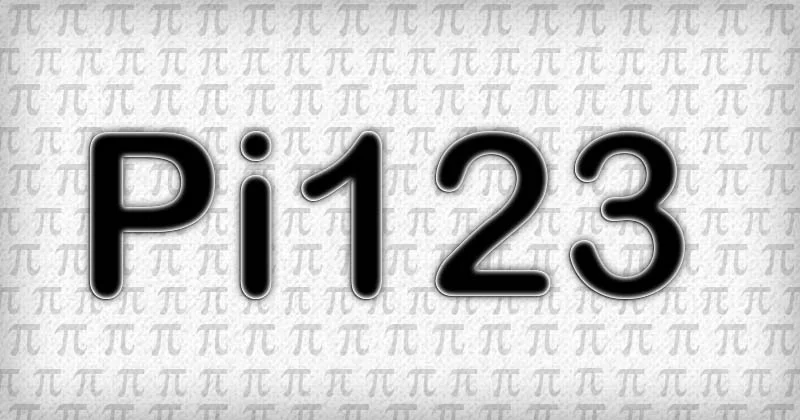Pi123 is also known as the Pi Network that stands at the intersection of ancient mathematical constants and modern cryptocurrency innovation. Let’s delve into the multifaceted aspects of pi123, from its historical significance to its contemporary applications.
Understanding Pi and its History
The concept of pi, represented by the Greek letter π, that has deep roots in ancient civilizations. Initially approximated by the Egyptians around 1650 BCE, it wasn’t until Archimedes in the 3rd century BCE that a more accurate calculation emerged. Over the centuries, mathematicians like Madhava and Johann Lambert contributed to refining the value of pi.
Today, pi continues to captivate mathematicians as an irrational number with an infinite, non-repeating decimal representation.
Pi’s Ubiquitous Presence in Various Fields
Pi extends its influence beyond mathematics. It appears in geometry, physics, engineering, statistics and even music. Its role in calculating angles, areas of circles, volumes and more showcases its versatility and applicability in diverse disciplines.
Introduction to Pi123 – The Cryptocurrency
Technical Underpinnings
Pi123 operates as a peer-to-peer digital currency built on blockchain technology. Utilizing the Sustainable Consensus Protocol (SCP), it allows users to mine coins without specialized equipment or high energy consumption.
Practical Applications
Pi123 serves as more than just a digital currency. Its decentralized nature facilitates online transactions without intermediaries, reducing transaction fees significantly. Beyond day-to-day purchases, it has the potential to revolutionize international trade by providing an efficient payment system across borders.
Calculating Pi123 – The Algorithmic Approach
The most common method to calculate pi involves geometric approximations. However, the pi123 algorithm, developed by physicist Daisuke Takahashi in 1986, employs Machin-like formulas. The “123” in pi123 signifies three different pairs of digits used in these formulas, allowing for precise calculations through a series expansion.
Applications of Pi123 in Different Fields
Mathematics
Pi123, being an irrational number, is fundamental in mathematical equations. It appears in geometric formulas, trigonometric equations and more, contributing to the accuracy of calculations.
Physics and Engineering
In physics, pi123 plays a role in phenomena like waveforms and oscillations. Engineers rely on it for calculations related to rotational motion and circular structures.
Advantages and Disadvantages of Using Pi123
Advantages
- Accurate Calculations: Pi123 guarantees accuracy up to one million decimal places, eliminating human errors.
- Time-Saving: In a fast-paced world, Pi123 saves time by generating digits promptly.
- Accessibility: Being an online tool, Pi123 can be accessed from anywhere with internet connectivity.
Disadvantages
- Limited Scope: Pi123 is specialized for pi calculations, limiting its broader mathematical application.
Comparing Pi123 to Other Mathematical Constants
While pi is primarily associated with geometry, the Golden Ratio (φ) finds applications in art and design. Additionally, Khinchin’s Constant (K) holds significance in number theory.
Fun Facts About Pi123 & Conclusion
- The symbol for pi (π) was first used by mathematician William Jones in 1706.
- The GWR [Guinness World Record] for memorizing pi belongs to Rajveer, who recited 70,030 digits correctly.
- Celebrated on March 14th (3/14), Pi Day is a global event.
In conclusion, pi123 intertwines ancient mathematical concepts with modern cryptocurrency innovation, making it a symbol of intellectual curiosity, technological advancement and cultural significance in our modern world.



